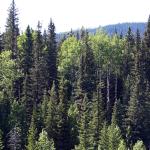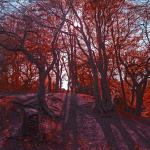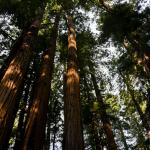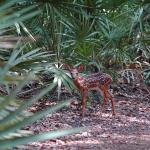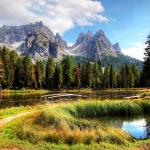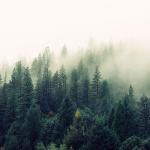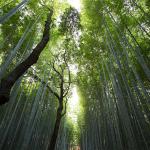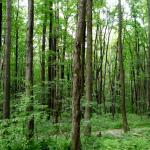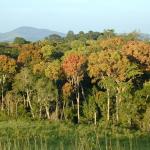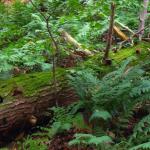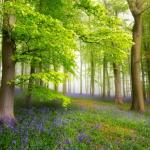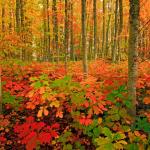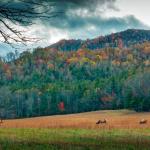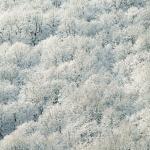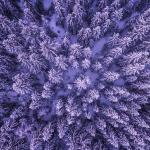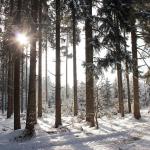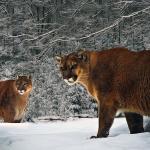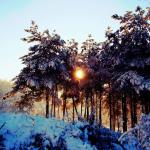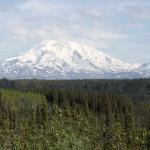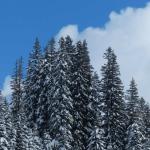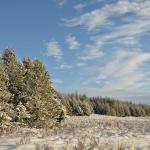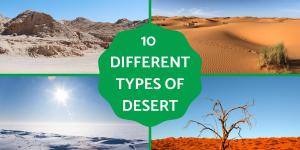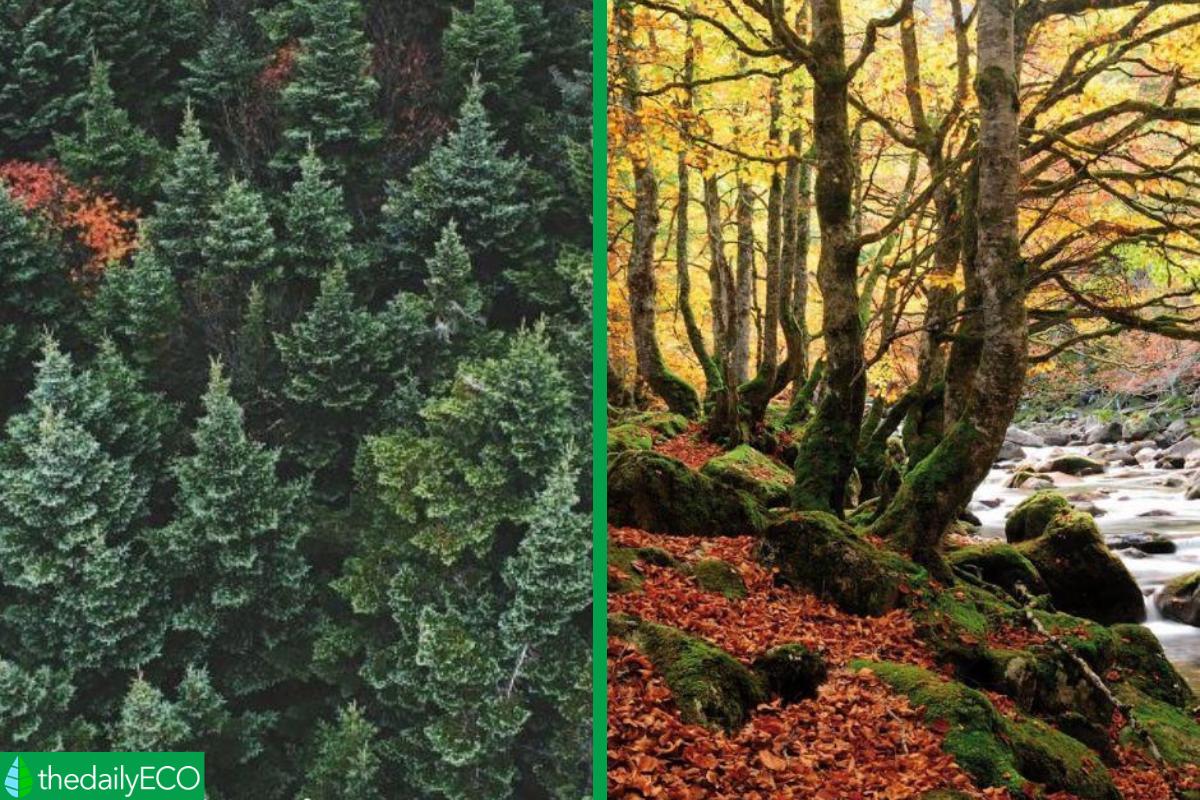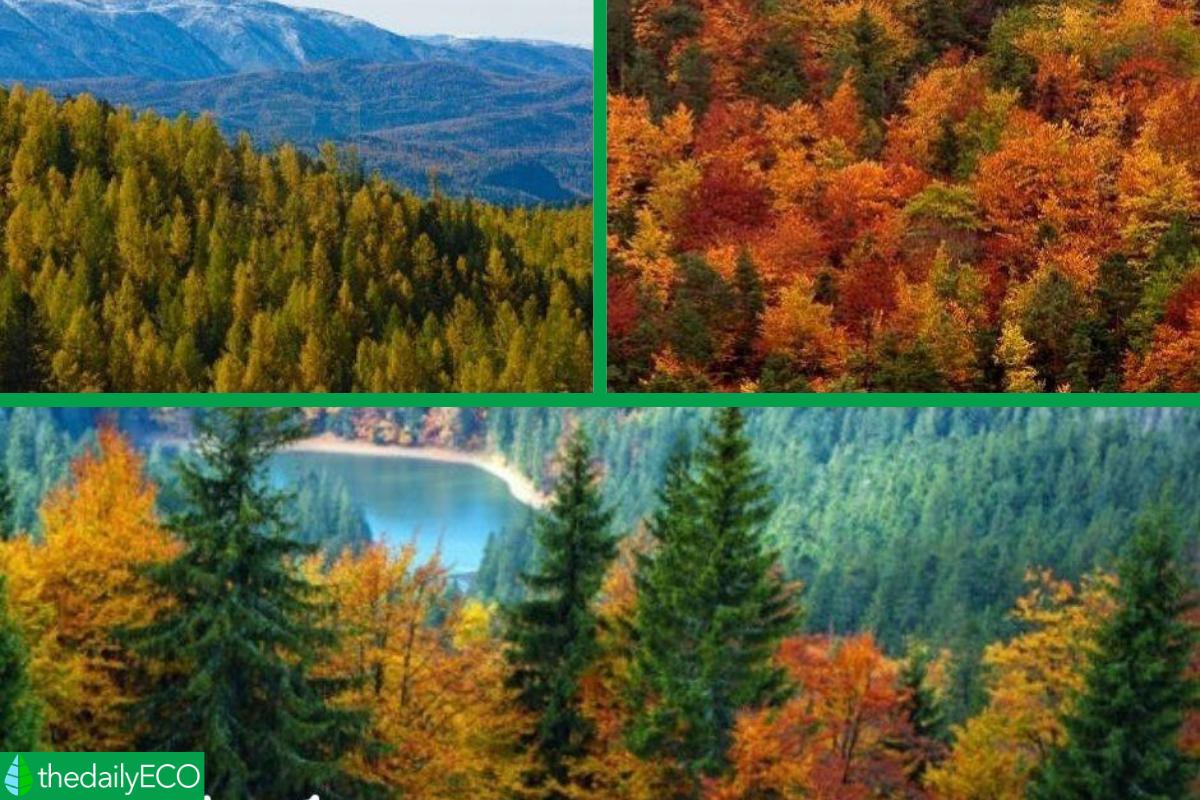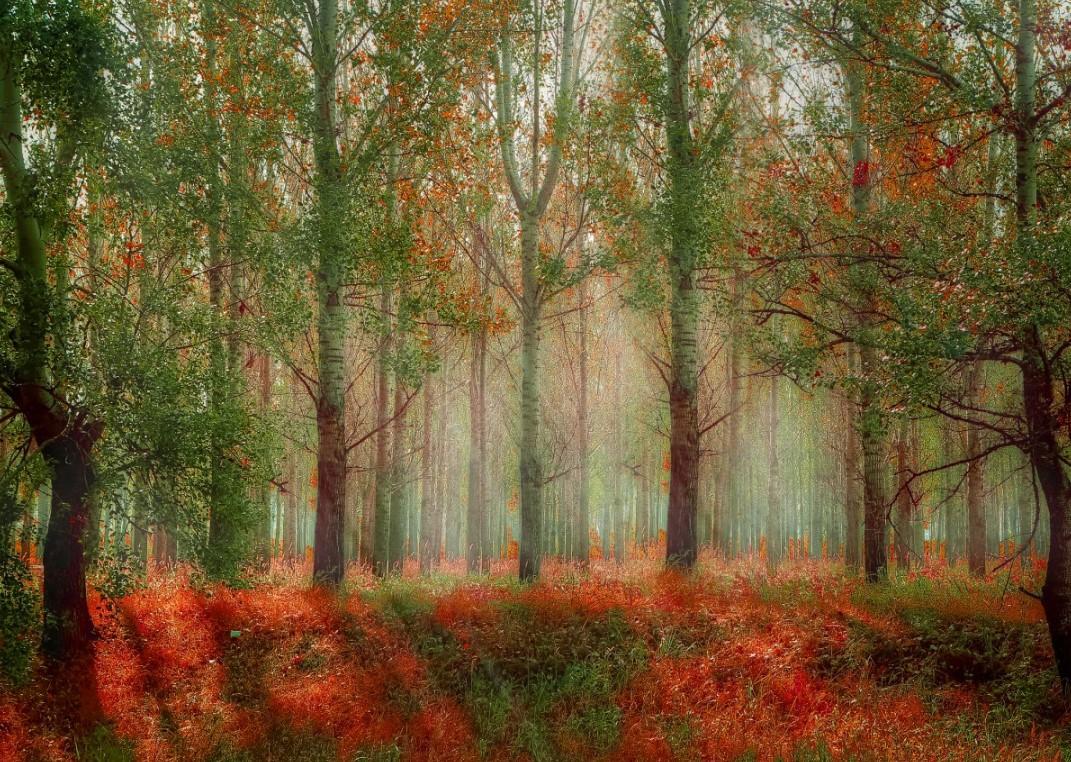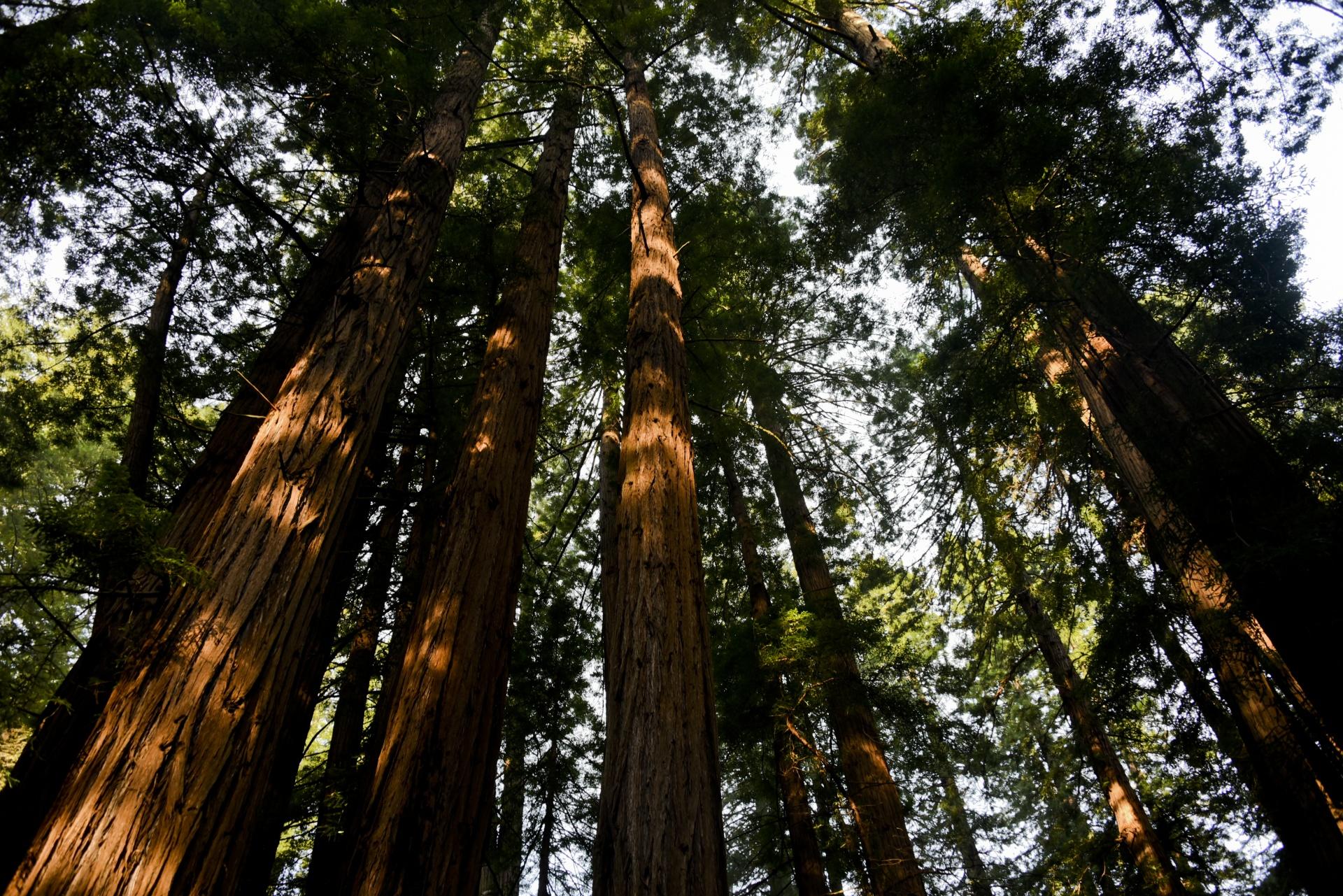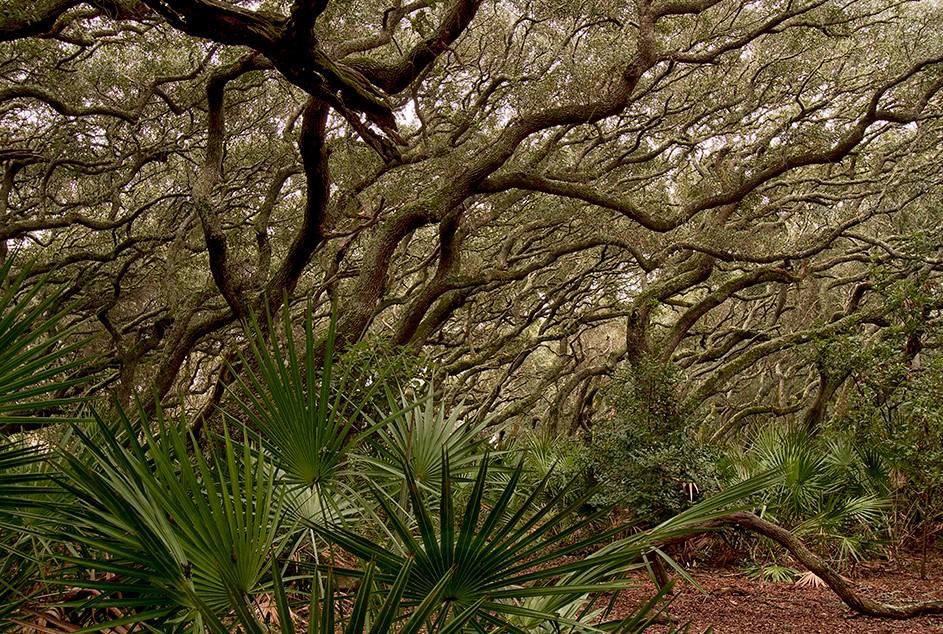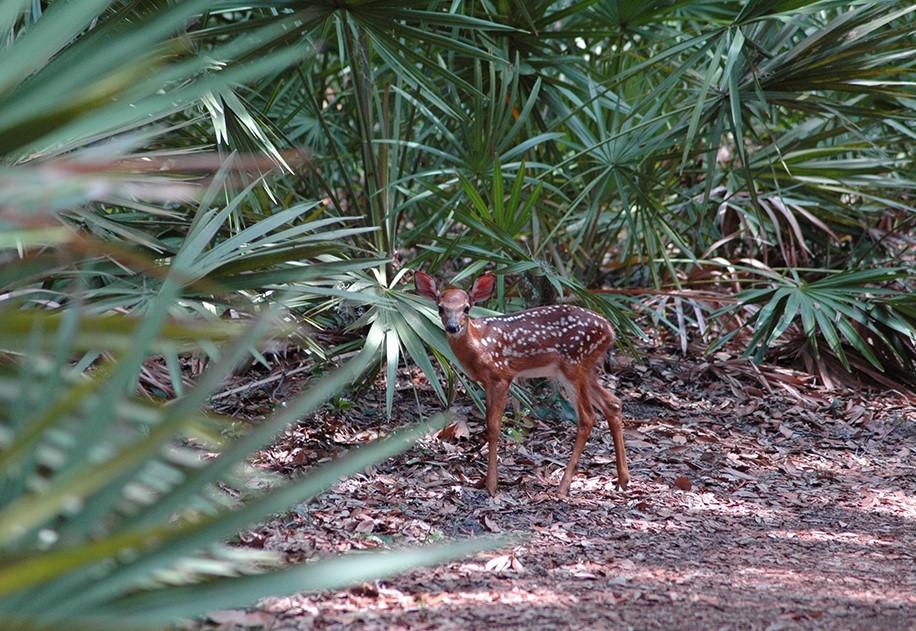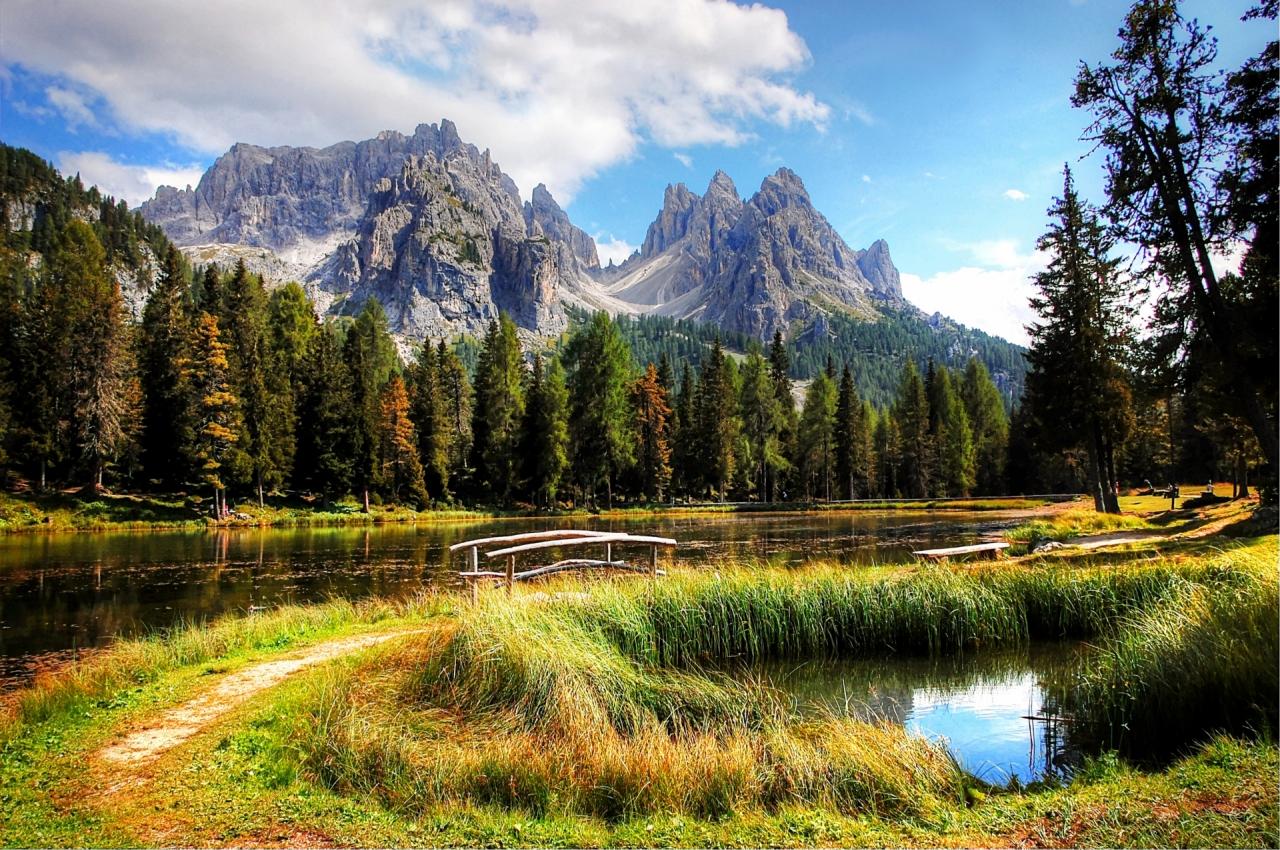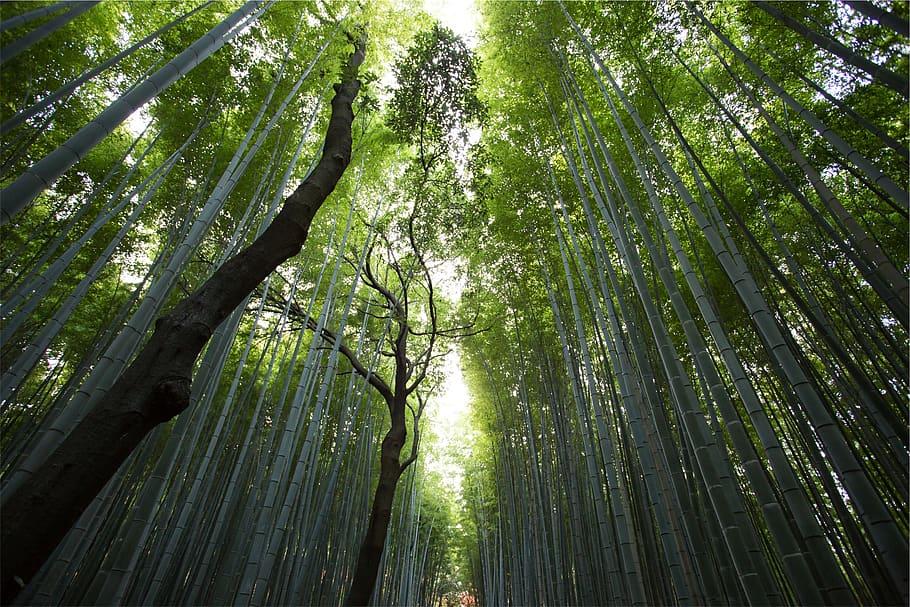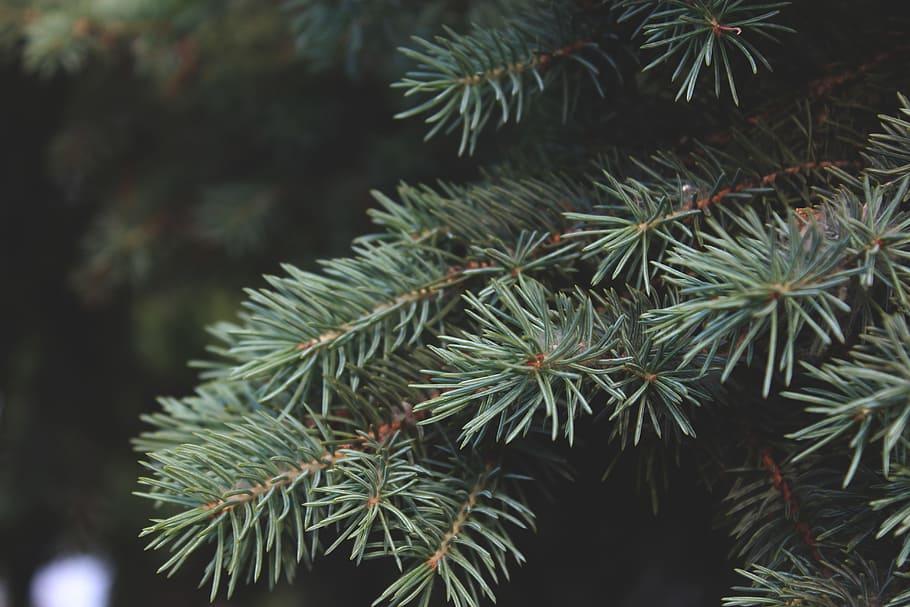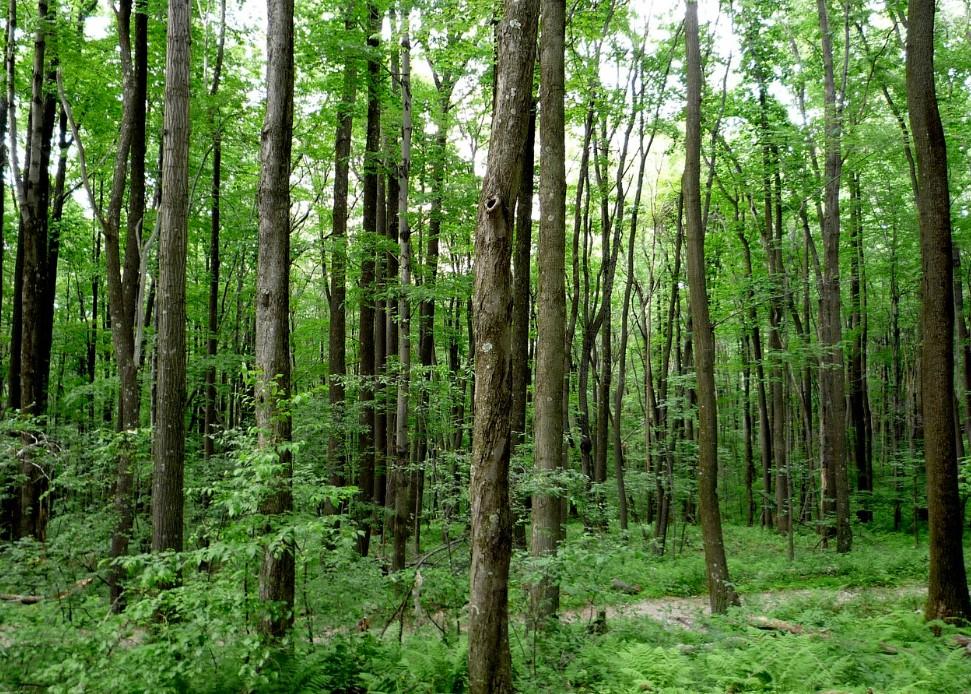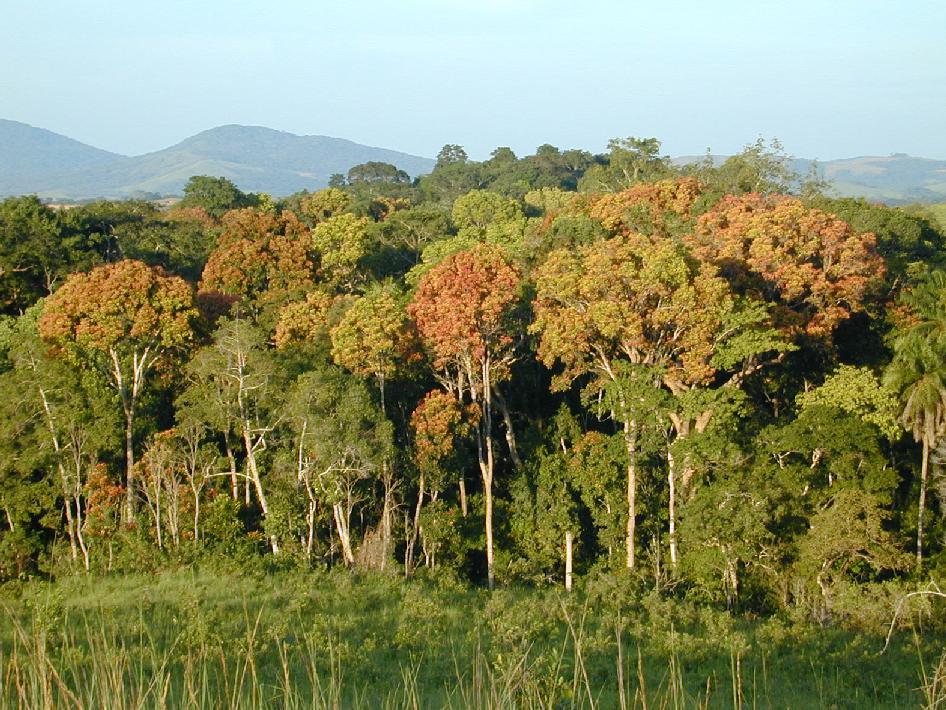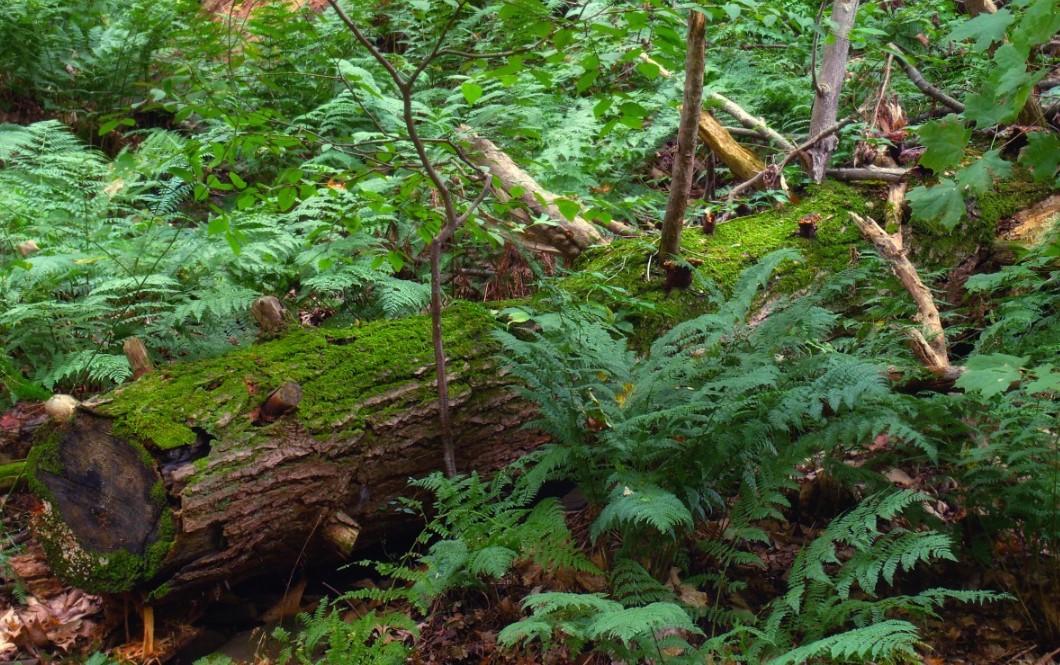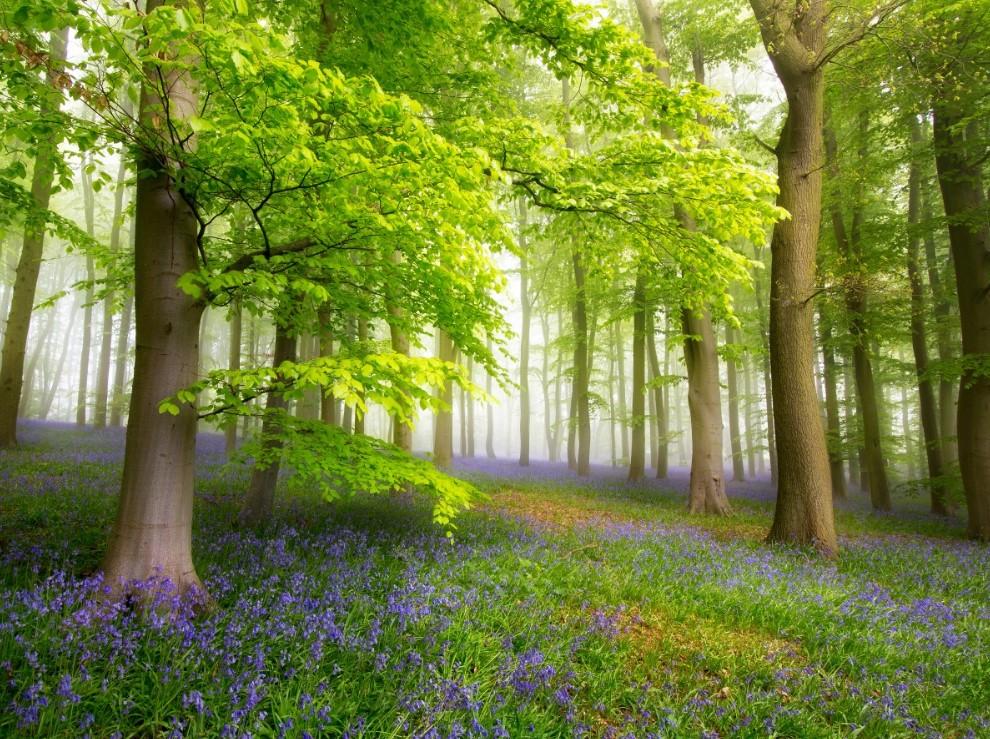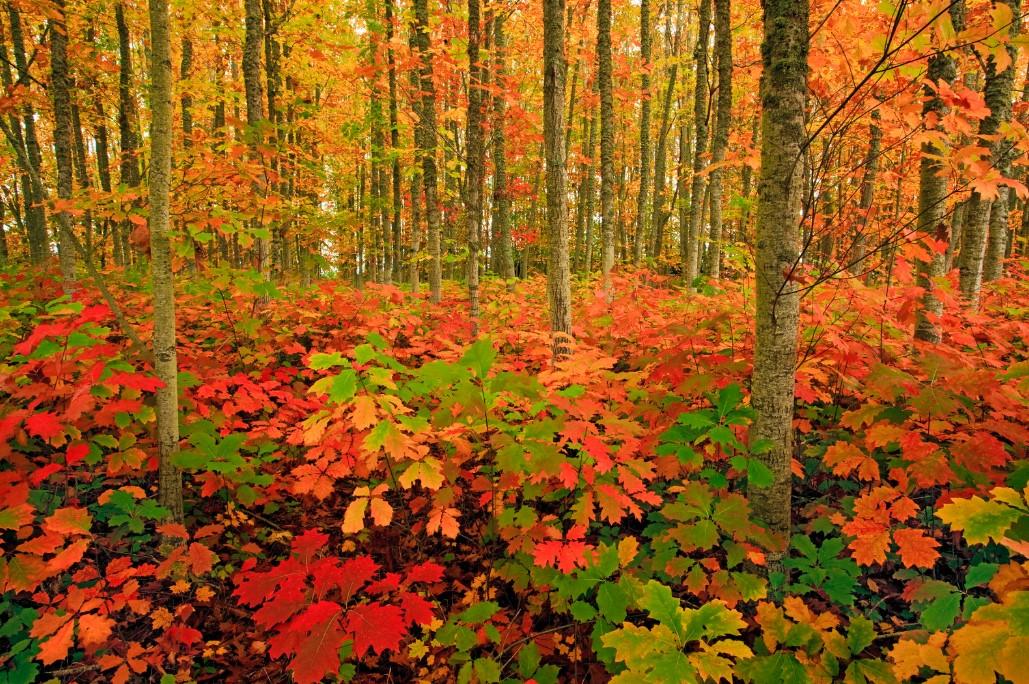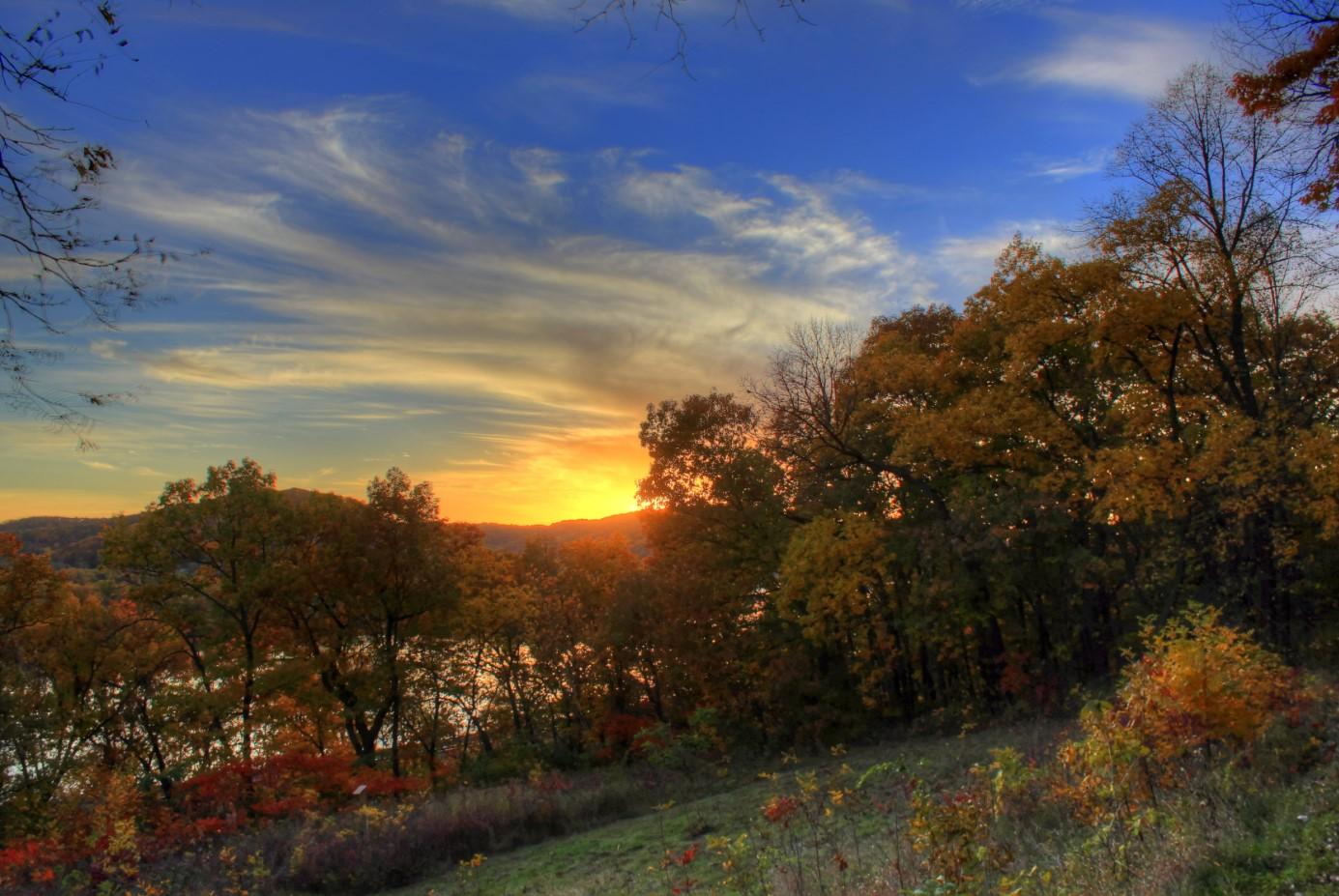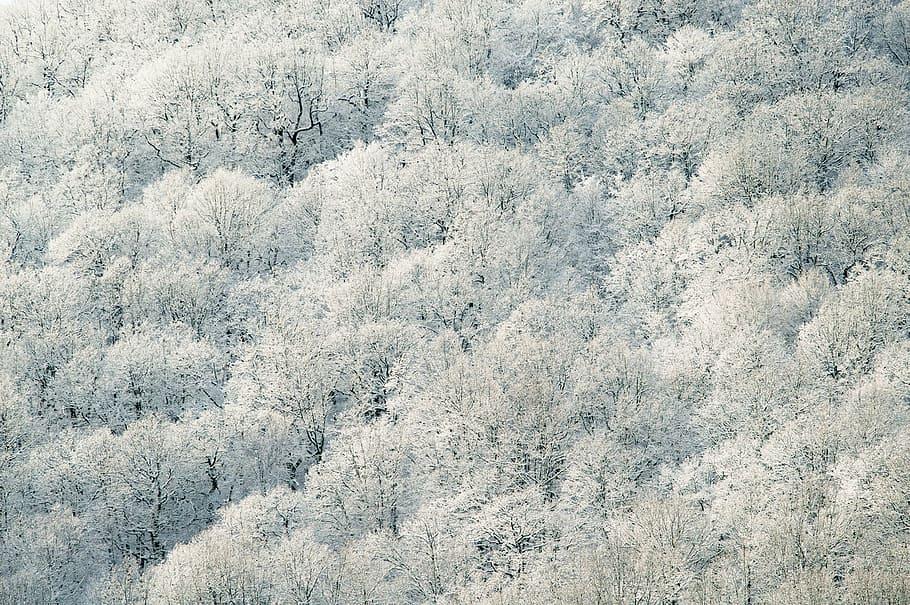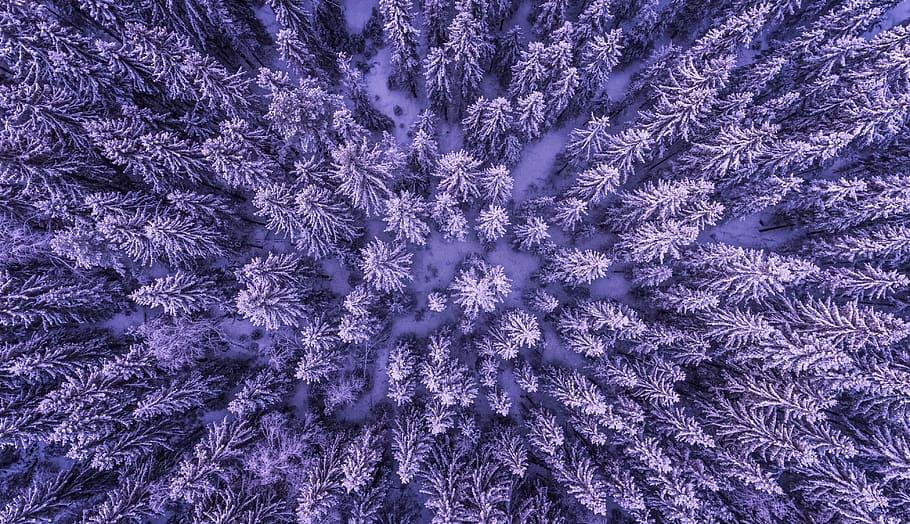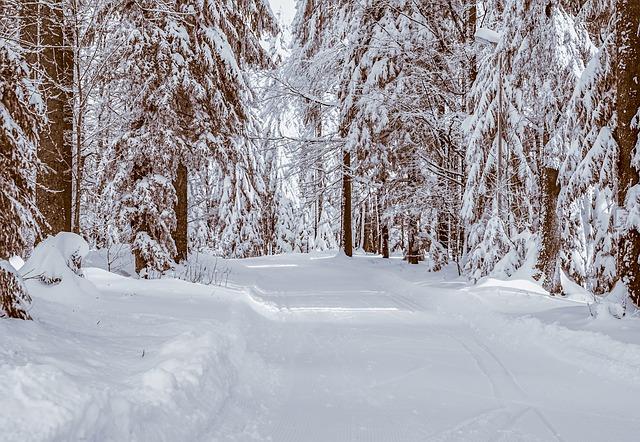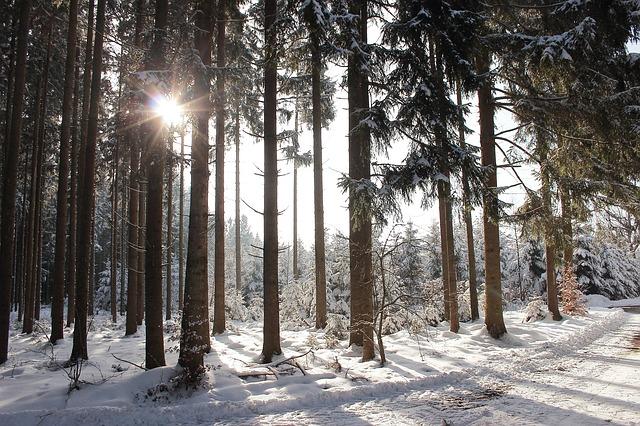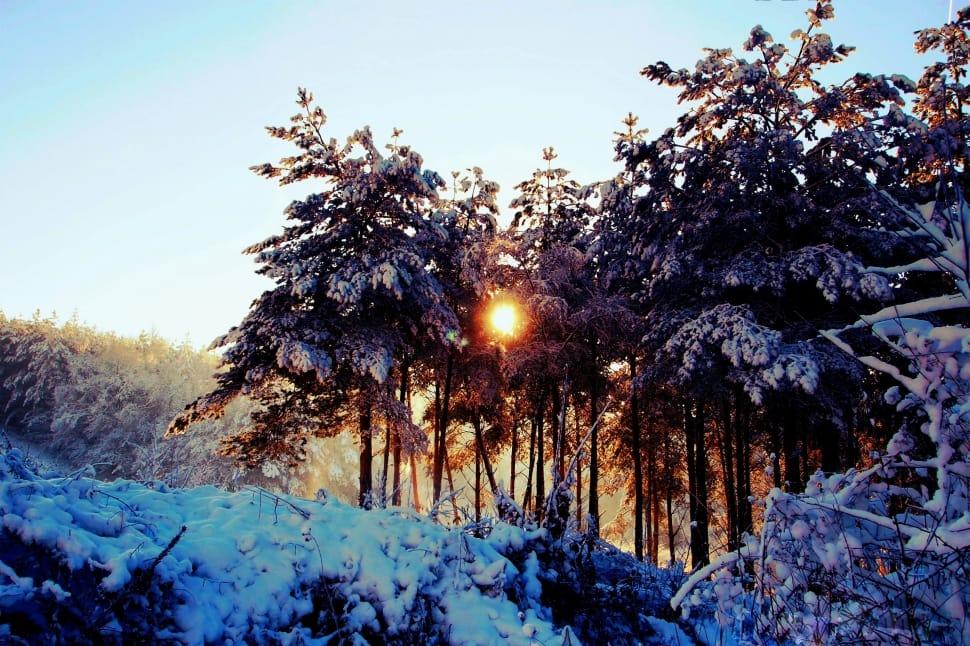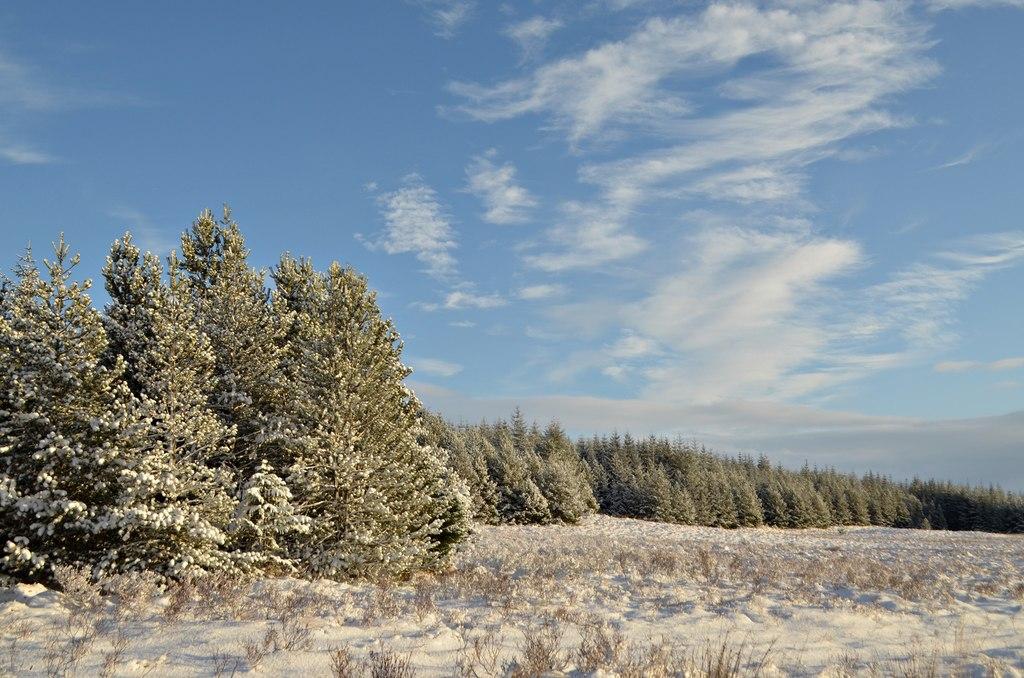Different Types of Forests - Examples With Photos

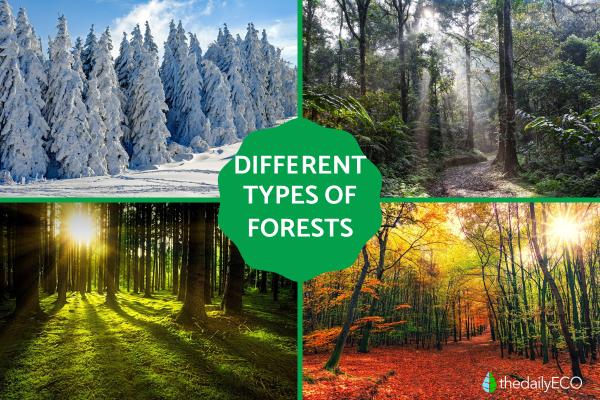
Our planet has many terrestrial biomes home to a large number of ecosystems with spectacular biodiversity. Forests are one such biome, distinguished by the presence of a large amount of trees. Despite there being certain criteria which make a forest a forest, there are many different types which can seem almost unrecognizable when compared with each other. They can have different climates, contrasting geologies, fluctuating biotic elements and many more differences. For this reason, we categorize forests into different types including temperate, boreal, tropical forests, deciduous or evergreen forests, among others.
At thedailyECO, we look to the different types of forests we can find on our planet. In addition to revealing examples of forest types, we look at their characteristics and show photos of their great diversity.
- What are forests?
- Types of forests
- Types of forests according to their climate and latitude
- Types of forests according to foliage
- Type of forests according to vegetation
- Types of forests according to the degree of human intervention
- Types of forests according to impact of human intervention
- The importance of forests
- Pictures of different forests
What are forests?
While we may have a good idea of what constitutes a forest, we may not be aware of the classifications which distinguish them from other areas. Although we know forests have trees, we can find trees in many other different types of ecosystems. For example, we may find it difficult to distinguish between forests and woods.
Forests are areas populated by trees, bushes and other types of vegetation. They are areas which are home to various biotic elements (living organisms) from various kingdoms within nature. Which kingdoms are most represented depend on the type of forest we encounter. However, these are not exclusive to forests and can be found in other types of wooded land.
It is for this reason, there has been a need to codify what makes a forest. This is a task which has been taken on by the Food and Agriculture Organization of the United Nations (FAO)[1]. You may wonder how many trees does an area need to be a forest and they have provided very specific criteria to meet the definition of a forest:
- Land must be more than 0.5 hectares in area
- Trees must be higher than 5 meters (16.4')
- Canopy cover must be over 10% of total area
- Does not include agricultural land or areas used to develop trees for industry
These are the general guidelines set out to explain what makes a forest. There are many other mitigating factors, such as if the trees are young, they may be considered a forest if they will eventually grow to meet the requirements. Although all the forest types described below meet the above criteria, they differ from each other in many ways. We explain these differences in more detail below.

Types of forests
The classification of forests is complex. A great variety of parameters can be used to differentiate between them. For example, they can be classified according to their climate and latitude, but there are many more criteria.
For this reason, we need to find certain classifications which determine their similarities and differences. We classify different types of forest according to:
- Climate and latitude
- Foliage
- Vegetation
- Degree of human intervention
- Impact of human intervention
It is important to note that these classifications help us understand the ecological dynamics of forests and their role in the global ecosystem. Understanding these dynamics is crucial for conservation efforts and sustainable management of forest resources.
Types of forests according to their climate and latitude
Taking into account the criteria of latitude and the climate of the region in which a forest is located, we can define the following types of forests:
Boreal forest (taiga)
Boreal forests are also known as taiga and are found in the northern part of the planet (we can see it in blue on the map). More specifically, they are mainly located between 50º and 60º latitude. Due to their location, these are the coldest forested regions and their temperatures can oscillate greatly according to season and location. They generally vacillate between the maximum temperature of 20 ºC/68 ºF in summer and -60 ºC/-76 ºF in winter (in areas of Siberia and the East). These are very large regions that occupy parts of various countries (Alaska, Canada, Sweden, Norway, Finland and Russia).
Among its vegetation we mainly find pine and fir trees. In terms of fauna, the animals that inhabit these types of forest include a great variety of species, such as caribou or reindeer, moose, brown bears, boreal lynx, wolverines, boreal owl and osprey. These species have adapted to the harsh climate, developing thick fur, unique breeding cycles, and migration patterns to survive.
Temperate forest
Another type of forest depending on the climate and the latitude in which they are found is the temperate forest. These are the forested regions that are found in the part of the planet that has the most temperate or less extreme climate. For this reason, they are found in both hemispheres, although it is more abundant in the northern part (it is marked in green on the map).
These are regions with moderate temperatures, usually abundant rainfall and animals that hibernate or migrate depending on the time of year. The soil in these areas is very rich and fertile. This is thanks to the very dense plant cover and the humidity levels and warm temperatures. This is conducive to the development of the organic-matter part of soil known as humus, which is a great fertilizer. The forests of the Mediterranean area are good examples of these types of mild climate zones. These forests support a diverse range of flora and fauna, contributing significantly to the earth's biodiversity.
Subtropical forest
Subtropical forests are found in areas close to the tropics (they are brown on the map) and their average temperature is 22 ºC/71.6 ºF. In these subtropical regions, the vegetation tends to be large with broad leaves. Although there is a lot of rain, the levels of rainfall are somewhat lower than those of the tropical forests and the seasons of the year are very distinct from each other.
Within these there are several types:
- Pine forest
- Humid deciduous forest
- Rainforest or subtropical jungle
- Subtropical dry forest
These forests are home to unique wildlife and plant species, many of which are not found elsewhere, making them crucial for global biodiversity.
Tropical forest
These are the forests found in the tropical region (they are purple on the map). The tropical climate is one of the hottest and rainiest and its average temperature is about 27 ºC/80.6 ºF. There are several types of tropical forests and regions within them that need to be mentioned:
- Humid or rainy tropical forest or tropical jungle
- Tropical dry forest
- Monsoon forest
- Wetlands or flooded forests
- Mangroves
The tropical forests are known for their dense canopy and incredible biodiversity, with countless species of plants, insects, and animals. They play a vital role in regulating the Earth's climate and are often referred to as the planet's lungs due to their capacity to absorb carbon dioxide and produce oxygen.
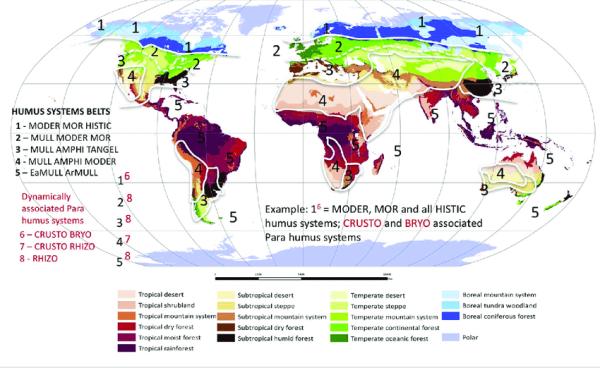
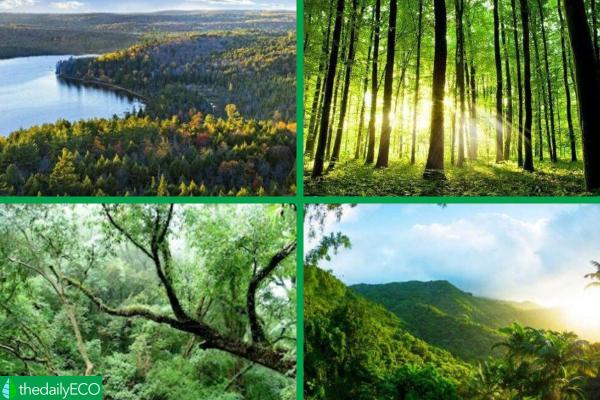
Types of forests according to foliage
Within this other classification of forests, we can find them divided according to their fauna. In this case, we specifically look at the types of leaves of their trees:
- Evergreen forest: in this type of forest the trees are of the evergreen type. This means that in these trees keep their leaves, so they are always forests with lush foliage. Evergreen forests provide a stable habitat for many species, ensuring year-round food and shelter.
- Deciduous forest: the type of forest with deciduous trees, meaning their leaves fall off at some times of the year and regrow at others. There are seasons when they look lush and green, others when those in which the leaves turn reddish and brown, and another in which they fall completely and the trees are left bare. The seasonal changes in these forests create a dynamic environment supporting various life forms that have adapted to these fluctuations.
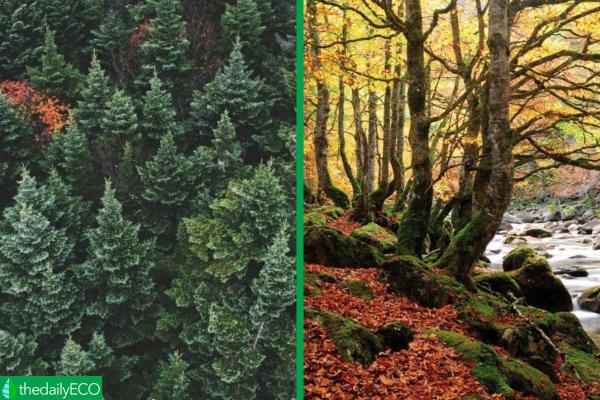
Type of forests according to vegetation
The foliage of the trees is not the only type of plant classification we use to compare different types of forests. They can also be classified according to the trees themselves and the plants that are found around them. The following are types of forest according to their vegetation:
- Coniferous forests: they are found mainly in the taiga zone, in the northern part of the planet. These are forests with very cold temperatures in which there are mainly conifers, such as pines and firs. Although the vegetation and animals are not as varied as other types of forests, there is an impressive biodiversity. These forests are crucial for carbon storage and are a source of timber and other resources.
- Leafy forests: they are also known as hardwood forests. These have a greater number of species than those mentioned above. Some are like jungles and the trees in them are broad-leaved. These types of forests can also be divided according to the climate. Distinction is made between tropical and subtropical forests (humid forests, dry forests and mountainous forests) and temperate broadleaved forests (Mediterranean forests, temperate deciduous forests and laurel forests [laurisilva]). Leafy forests are vital for maintaining water cycles and supporting diverse ecosystems.
- Mixed forest: this type of terrestrial biome is one in which the two previous types are combined, resulting in vegetation typical of both coniferous and hardwood forests. These mixed forests offer a rich habitat for a variety of wildlife and are essential for ecological balance. Expand this information on the Mixed Forest, its characteristics, flora and fauna at this link.

Types of forests according to the degree of human intervention
Another of the ways in which we can distinguish these terrestrial biomes is according to whether there has been intervention on our part.
- Primary forests: these are those that have not had any intervention by human beings, i.e., they are totally natural. Some of these spaces are protected to conserve biodiversity, but they are becoming less common. These forests are invaluable for their untouched ecosystems and are essential for scientific research and conservation efforts.
- Anthropogenic forests: these are the opposite case to the previous forest type. They are wooded spaces that have suffered the intervention of humanity, to a greater or lesser degree. This can range from a small part to its entirety, being then completely artificial, even if they maintain some natural elements. These forests highlight the impact of human activity on natural landscapes and the importance of sustainable forest management.
Types of forests according to impact of human intervention
Finally, the last way of classifying the different types of forests is according to the degree of human intervention or the impact it has had in these spaces:
- Primary forests: as we have indicated above, these are the completely natural ones because human beings have not intervened in them or have done so in such a limited way it is not relevant for the conservation of its biodiversity. These forests are critical for maintaining global biodiversity and serve as benchmarks for natural ecosystems.
- Secondary forests: these others are forests that have been intervened by man to be used for their natural resources, although they may have been reforested later. They play an important role in restoring ecological balance and providing resources for sustainable use.
- Artificial forests: these are those that have been directly created entirely by humans, so they have natural elements but have been placed by men expressly to exploit them and obtain raw materials or to improve areas to conserve species. These forests demonstrate human ingenuity in creating habitats and resources but also underline the need for responsible stewardship.
The importance of forests
As a summary, we can indicate that the importance of forested areas lies in the fact that they are the largest terrestrial biomes in the world and contain the most biodiversity. This includes a series of aspects of the utmost importance for life as we know it. These are some of the key aspects detailing the great importance of forests:
- They absorb a large amount of carbon dioxide or CO2 and offer oxygen. Forests are fundamental in combating climate change and maintaining atmospheric balance.
- They regulate the weather. Forests influence weather patterns and play a crucial role in water cycles, affecting rainfall and temperature.
- They are habitat for a large number of living beings, i.e., they act as a place of conservation of biodiversity. Forests support countless species, providing shelter and sustenance.
- They facilitate soil conservation. Forests prevent erosion and maintain soil fertility, supporting agriculture and natural vegetation.
- They are sources of raw materials or natural resources. Forests provide timber, medicinal plants, and other resources essential for human survival and economic development.
Forests are indispensable for maintaining life on Earth, and their conservation is critical for future generations. Protecting these vital ecosystems ensures biodiversity, climate stability, and resource availability.
Pictures of different forests
Finally, we offer a varied gallery of images of forests from around the world and in different seasons of the year. These images highlight the stunning diversity and beauty of forests, showcasing their unique characteristics and the life they support.
If you want to read similar articles to Different Types of Forests - Examples With Photos, we recommend you visit our Ecosystems category.
1. FAO. (2015). Forest Resources Assessment Working Paper. Retrieved from:
https://www.fao.org/3/ap862e/ap862e00.pdf
Different Types of Forests - Examples With Photos photos

